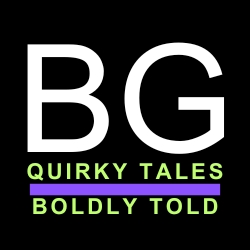Part 2: Print Resources
This second part of A Writer’s Toolbox covers the print resources I keep close at hand to aid in my fiction writing. If you missed part one about the online resources I use, you can check it out here.
I’ll admit, I’m not as quick to buy a printed book as I once was. With ebooks and audiobooks, I consume perhaps 20% of the print books I used to. So, when I do buy a book, it’s one I know I will reread. That goes double for instructional resources. The following titles are ones I’ve gone back to again and again.
No writer should be without a copy of Strunk and White’s The Elements of Style. Mine is worn at the edges from going, “What was that rule, again?” Not that I always follow the rules. My critique partners know this all too well. Still, when you want to properly use the English language without seeking a BA to do so, Elements is the goto resource.
I wasn’t aware of The Elements of Style until I read Stephen King’s amazing On Writing. A blend of memoir, recommendations, tips, and hints, King’s work is like a fun-to-read encyclopedia (yes, I’m that old). It provides not only methods for writing well, but inspiration to keep on doing so.
Again, a writer’s toolbox needs quality tools. Choose wisely.
NYC literary agent Donald Maass has produced multiple books on fiction writing. All are great, but two of them should be in every writer’s toolbox. Writing the Breakout Novel and the Writing the Breakout Novel Workbook take writers from crafting a premise to enriching characters to giving your manuscript that je ne sais quoi that makes agents and publishers sit up and take notice. NYT bestselling author Jonathan Maberry swears by the workbook. My first novel manuscript was written without using Maass’ guidance. My current WiP is following his wisdom step-by-step.
Here’s my chance to plug a couple of books published by friends of mine. Don’t mistake my promotion for low-level nepotism, these books are great and hundreds of other writers will testify to that (and have). Tiffany Yates Martin’s Intuitive Editing is essential. Whether you’re a writer who is indifferent about word choice or entrenched in a dangerous level of codependency with your fictional “baby”, you need to be able to separate the chaff from the wheat in your prose. Tiffany’s book helps you do that and feel good about it.
One of the toughest parts of professional writing is developing a query letter that is succinct while still conveying your story’s premise, your author voice, and your skill as a writer. Angie Hodapp has the writer’s tool you need in Query Craft. Like Maass’ guides for writing a novel, Hodapp walks you through crafting that dreaded query and does so in a fun way that makes it feel like you’re in an interactive story, and not paging through a resource book.
Like Part 1 of this blog series, these titles don’t cover all the printed tools I have in my writer’s toolbox (actually the lower shelf of my writing desk). What I want is to hear from you. What writing resources do you find invaluable? Let me know in the comments.
